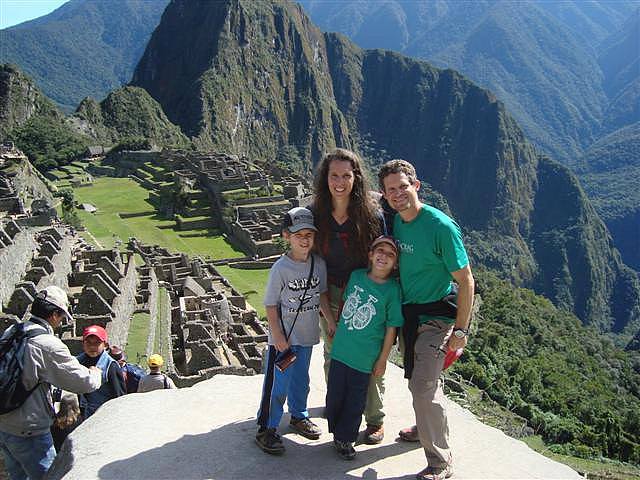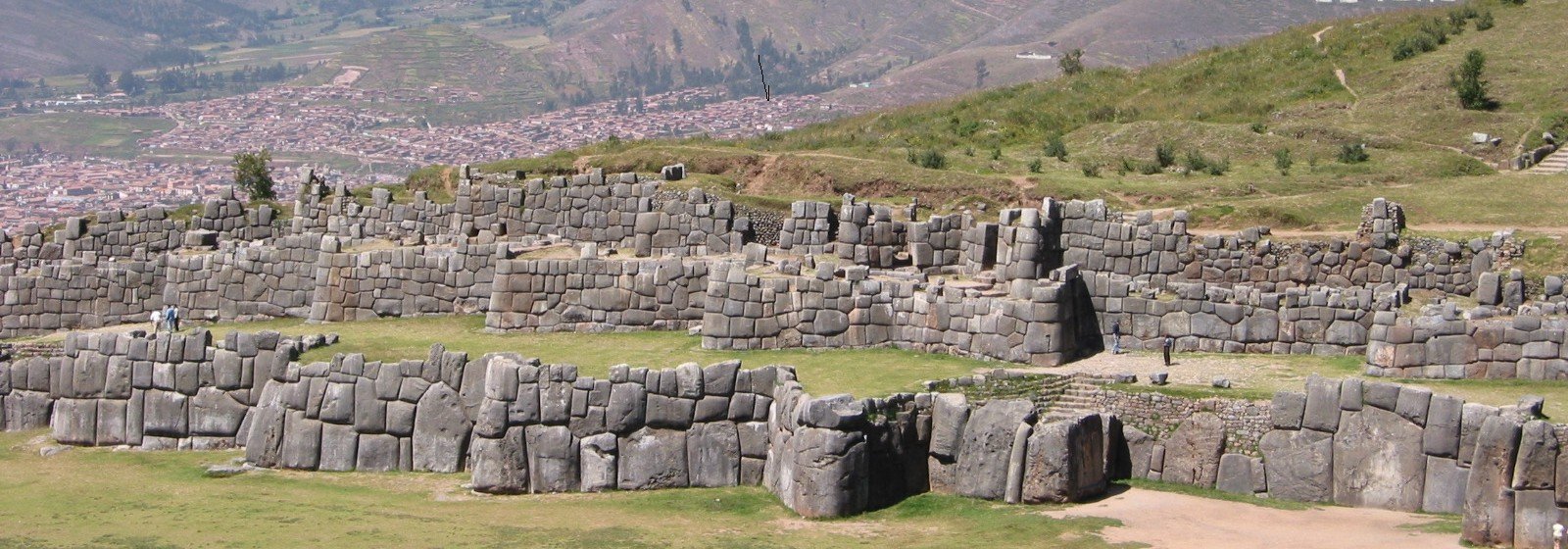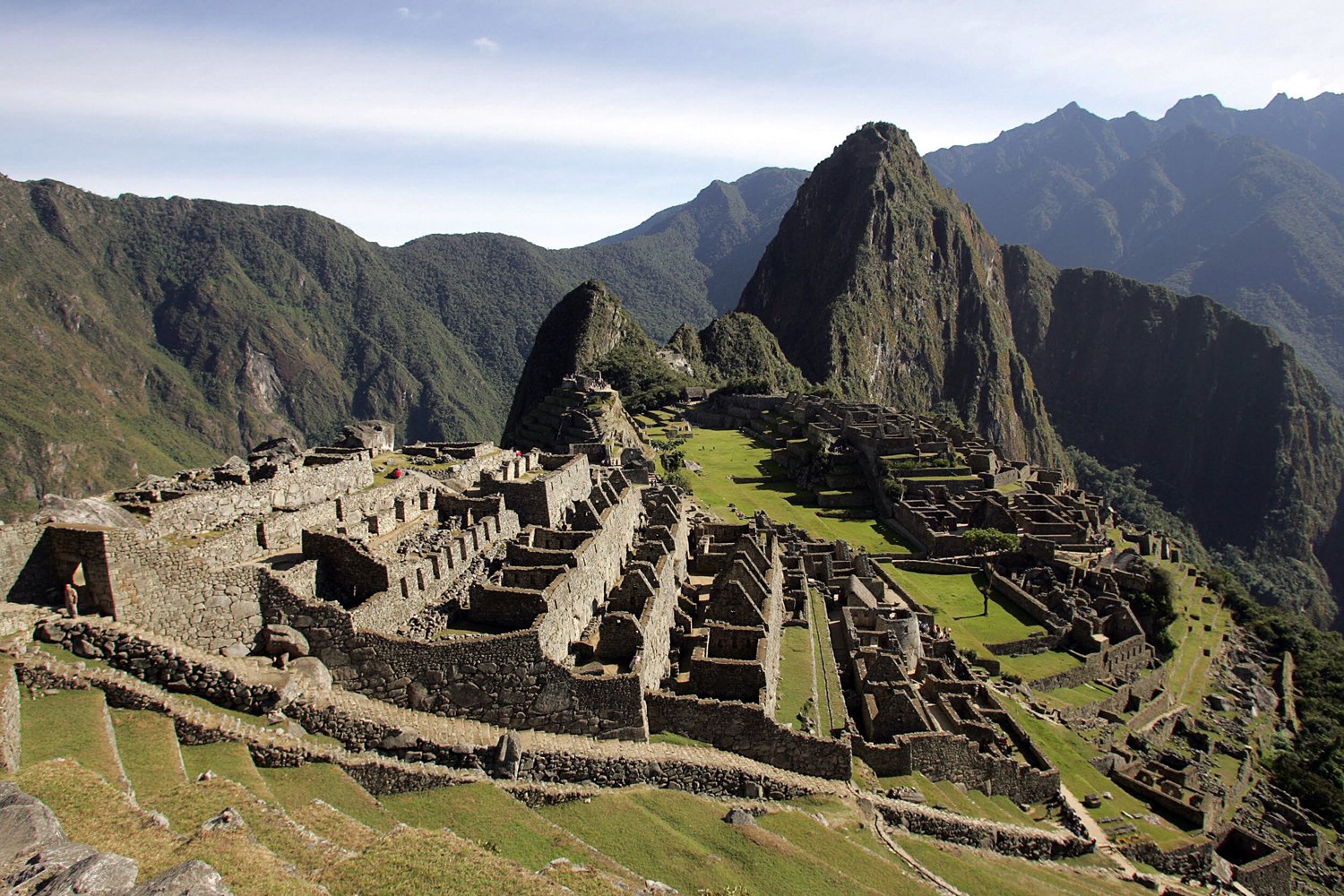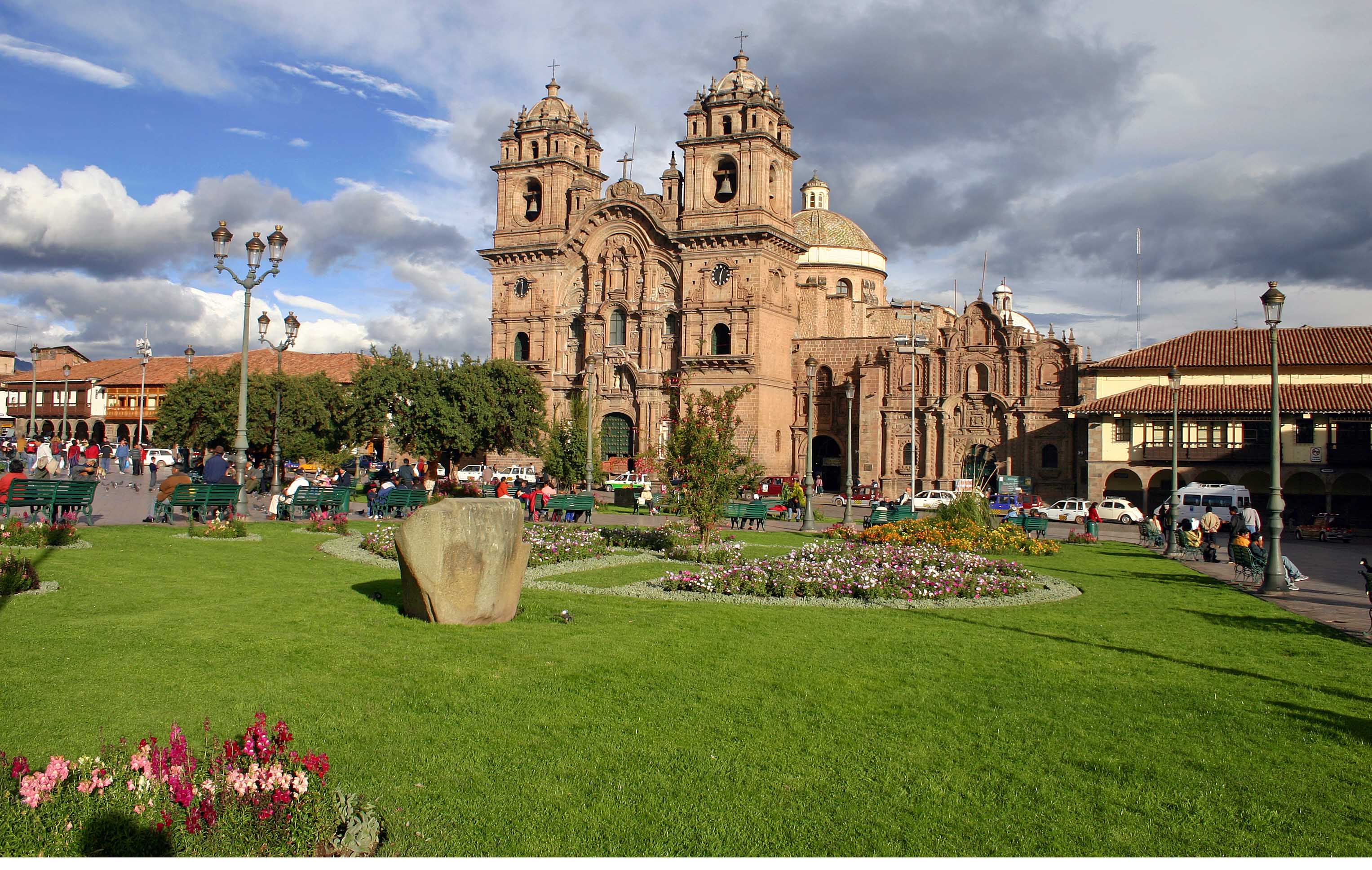By Gary Ziegler of Adventure Specialists
It’s hard to understand from our knowledge of Greek, Egyptian, and other early civilizations with written records how such a magnificent site could not have been discovered by the Spanish. Yet until its discovery in the 1911, Machu Picchu, “the lost city of the Incas,” remained forgotten for 400 years.
Actually, Machu Picchu was not a city at all. It was probably built by Pachacuti Inca as a royal estate and religious retreat in 1460-70. Its location-on a remote secondary road in nearly impassable terrain high above the Urubamba River canyon cloud forest-almost ensured that it would have no administrative, commercial or military use. Any movement in that direction to or from Cusco and the Sacred valley upriver would have been by other Inca roads, either the high road near Salcantay or by the Lucumayo valley road. Travel was restricted on these roads except by Inca decree.
After Pachacuti Inca’s death, Machu Picchu remained the property of his allus, or kinship group, who were responsible for maintenance, administration and continued building. As an extraordinary sacred site (location as well as buildings), it surely was visited by Topa Inca and the last great ruler, Huayna Capac, although each in turn built their own estates and palaces. But few outside the Inca’s retainers would have known of its existence.
The Inca: “Information’s Gotta Be Restricted.” Of course the compound would have required a steady supply of outside goods. Machu Picchu, like most Inca sites was undergoing constant construction and must of had a resident crew of builders as well as attendants, planters, and others. So in order to really understand how Machu Picchu remained a secret, it’s necessary to understand how Inca culture constricted travel and information.
The Inca were a completely ordered an regimented society. Although great numbers of people were moved around for corporate state projects and resettlement, once at a location, they didn’t move. The royal roads were reserved for official travel. The Incas were able to control their remarkable state system through a pyramidal hierarchy with information and direction flowing down through 10 overseers to 100, to 1000 and so on. We know from historical writing and the archaeological record that the Incas did not possess a written language, although, they must have used some symbols and perhaps diagrams. We also know that the Quipu (collection of colored strings and knots) was extensively used for accounting and record keeping. But Quipus need highly trained interpreters to read them, and the Spanish were unable to locate or interrogate even one of these specialists. The Inca also maintained a class or guild of verbal historians. But with the catastrophic collapse of Inca state structure following the arrival of the Spanish, these historians were scattered and forgotten.
But Machu Picchu was mostly forgotten even before the Spanish came. Small pox was the conquistadores’ advance guard. Huayna Capac and an estimated 50 percent of the population died of small pox sometime around 1527. Inca government suffered, and after a period of turmoil, the empire fell into civil war over Inca secession. Machu Picchu was probably abandoned at this time-both because it was expensive to maintain and with most of the population dead from war or epidemic, it was hard to find the labor to keep it up.
Conquistadores: If It Ain’t Gold, We Don’t Care. The Pizarros arrived in Cusco in 1532. The first wave of Spanish were mostly illiterate, uneducated adventurers who had little interest in anything besides wealth and power. By the time scholars and administrators arrived, knowledge of Machu Picchu had been lost.
Manco Inca staged a country wide rebellion in 1536. After a failed siege of Cusco, Manco, along with remnants of the court, army and followers, abandoned his headquarters at Ollantaytambo. Fleeing back into the remote Vilcabamba beyond Machu Picchu, He burned and destroyed Inca settlements and sites accessible to the Spanish including Llactapata at the start of the trail to Machu Picchu from the Urubamba River.
But by that point it hardly mattered. The Machu Picchu trail and the site itself would have been long overgrown and the approach blocked by seasonal landslides that so hinder backcountry travel in Peru.
Suggested Reading: Beyond personal observations and many trips to Machu Picchu, I have borrowed heavily from the excellent work of John Hemming, John Rowe and Johan Reinhart. Their writings are a must for anyone attempting an understanding of the Inca and the centuries of cultural development that preceded them.
- Lost City of the Incas: The Story of Machu Picchu and its Builders, Hiram Bingham, Atheneum, 1972.
- The Incas and Their Ancestors, Michael Moseley, Thames and Hudson, 1992
- The Conquest of Peru, William H. Prescott, New American Library, 1961. A CLASSIC.
- The Conquest of the Incas, John Hemming, Hartcourt Brace 1970.
- Machu Picchu, The Sacred Center, Johan Reinhard, Nuevas Imagenes, Lima. 1991.
Details mentioned in this article were accurate at the time of publication – Source: gorp.com
Looking for an unforgettable vacation with family or friends? A tour in Peru is that and more! Peru has the best of everything the world has to offer: a range of microclimates, diverse regions, stunning nature and culture with great biodiversity which can be found all in just one destination, Peru. We are a licensed Tour Operator and are specialized offering travel packages to Machu Picchu Peru for individuals or small groups. See previous traveller’s testimonials and start dreaming about your next travel vacations in Cusco Peru. Contact us now and get a special offer for your 2012 adventure!








